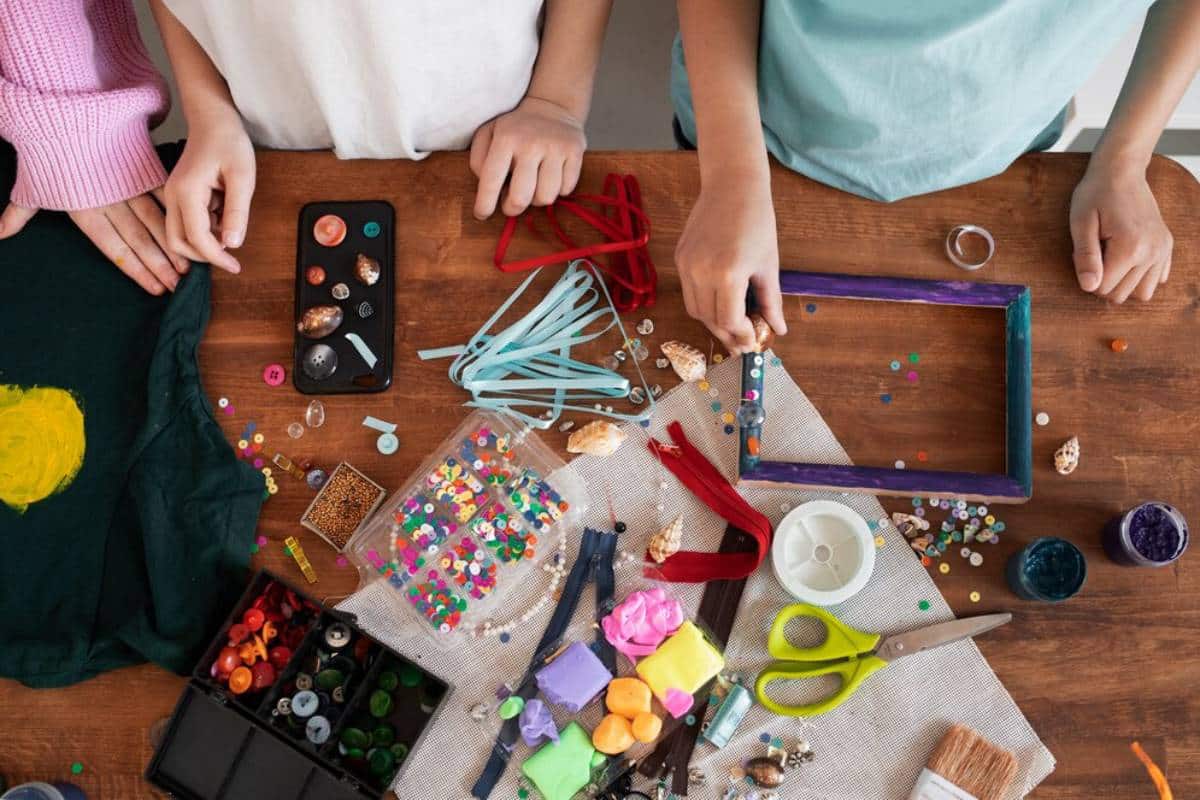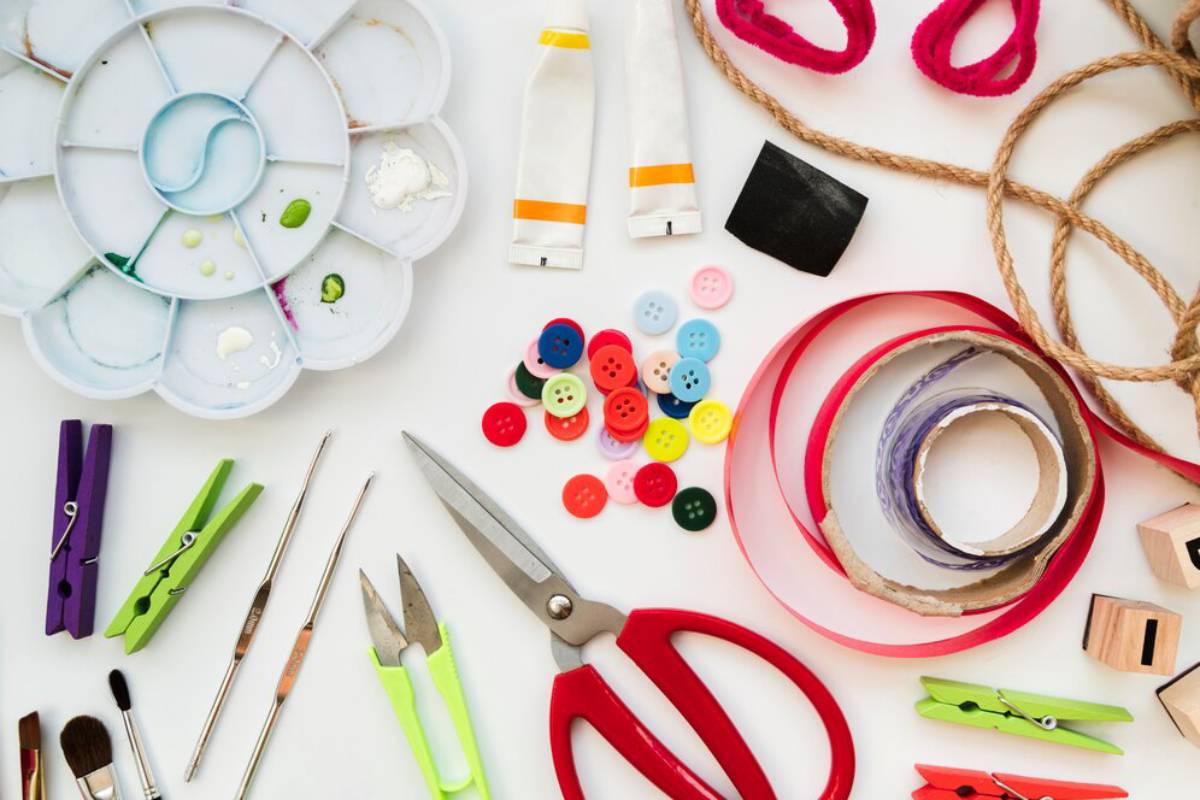
DIY Smart Home Crafts: Decorative Switch Covers
Smart home tech is constantly evolving. We love our gadgets, but we want our homes to look good, too. A quick way to add to your smart home decor is to make decorative switch covers. DIY chair slipcovers are versatile in that they give your space a more personal touch while also showcasing your creative side. This blog will guide you through creating decorative switch covers for your smart home system.
Why Decorative Switch Covers Matter
Switch covers often get ignored in home decor, but they can change a room’s look. Traditional covers are plain and functional. With some creativity, you can turn these simple fixtures into eye-catching pieces that match your smart home style.
Decorative switch covers help personalise your space. Custom designs let you express your style. They can also spark conversations, showing off your flair for DIY projects.
Key Benefits of DIY Switch Covers
Personalisation and Aesthetic Appeal
Crafting your switch covers lets you tailor them to your taste and decor theme. Whether you want a minimalist look, a bold pattern, or a design that matches your smart devices, DIY covers offer endless options.
You can create covers that fit your home’s design using materials like paint, fabric, or digital prints. This personal touch is hard to find in store-bought options.
Cost-Effectiveness
DIY switch covers are budget-friendly. Buying decorative covers can be pricey, especially for custom designs. Making your own allows you to achieve a high-end look without spending much. Most materials are cheap and often found at home or local craft shops.
Environmental Impact
DIY switch covers are eco-friendly. By reusing materials like leftover wallpaper or fabric scraps, you help reduce waste. This choice supports a more sustainable lifestyle.
How to Create DIY Decorative Switch Covers

Materials Needed
Gather these materials before starting your DIY project:
- Switch plates: Make sure they fit your switches.
- Primer: Use it for prep before painting.
- Paint or fabric: Choose colours and patterns that match your home.
- Paintbrushes or sponges: For applying paint.
- Mod Podge or adhesive: To attach fabric or paper.
- Scissors and craft knife: For cutting materials.
- Screwdriver: To remove and reinstall switch plates.
Step-by-Step Guide
Step 1: Prepare the Switch Plate Remove the switch plate from the wall with the screwdriver. Clean it well to remove dust or grease. If you will paint it, add a coat of primer for better paint adhesion.
Step 2: Design Your Cover Choose a design for your switch cover. If painting, lightly sketch it with a pencil first. For fabric or paper, cut the material to fit the plate, leaving a small margin to fold over the edges.
Step 3: Apply Your Design If painting, use brushes or sponges to apply the paint. Let each layer dry before adding more. For fabric or paper, spread a thin Mod Podge or adhesive layer on the plate and place the material on top, smoothing out wrinkles.
Step 4: Finish and Protect Once your design is done, apply a final coat of Mod Podge or clear sealant for protection and shine. Allow it to dry completely before reattaching it to the wall.
Expert Tips and Common Mistakes to Avoid
Best Practices
- Test Your Design: First, try your design on a spare switch plate or cardboard. This lets you adjust without risking your main project.
- Use Quality Materials: Good paint and adhesives ensure durability and a polished look.
- Consider Functionality: Ensure your design doesn’t block the switch’s operation. Avoid materials that could create safety hazards.

Common Mistakes
- Skipping Primer: Not priming the plate can lead to uneven paint coverage.
- Overloading with Material: Too much fabric or paper can make the cover bulky and ill-fitting.
- Neglecting Drying Time: Rushing the drying process can cause smudges and flaws.
Advanced Insights and Expert Recommendations
To elevate your DIY switch covers, consider adding technology. You might integrate LED lights for a subtle glow, enhancing both style and function. Materials that change colour or texture with light or temperature can make your covers interactive.
Another idea is to create themed switch covers that match the room’s purpose. For example, a kitchen cover could feature cooking motifs, while a bedroom cover might use calming colours. This approach adds fun and creativity to your decor.
Simple yet Effective: DIY Switch Covers
Decorative switch covers are an easy way to customise your smart home. This simple DIY project can turn boring switch plates into statement pieces that show your personality. They can take the look of your home up a notch and offer a cost-efficient, environmentally friendly option.
When embarking on your DIY journey, practice a little with designs and materials. Feel free to incorporate technology for a little added flair. By thinking outside the box, you can own decorative switch covers that aren’t compromised and are the perfect complement to your smart home and remarkable ingenuity!
So why wait? Gather your materials, unleash creativity, and make your decorative switch covers today. You’ll be amazed how a small change can significantly impact your home’s overall feel. Happy crafting!